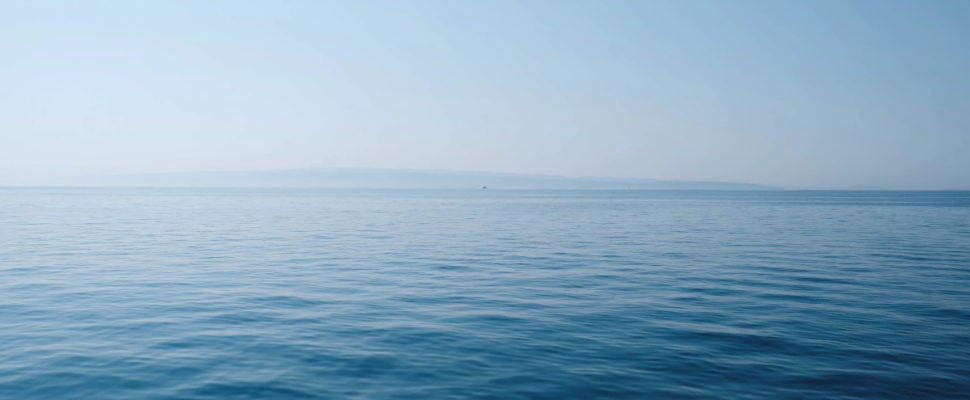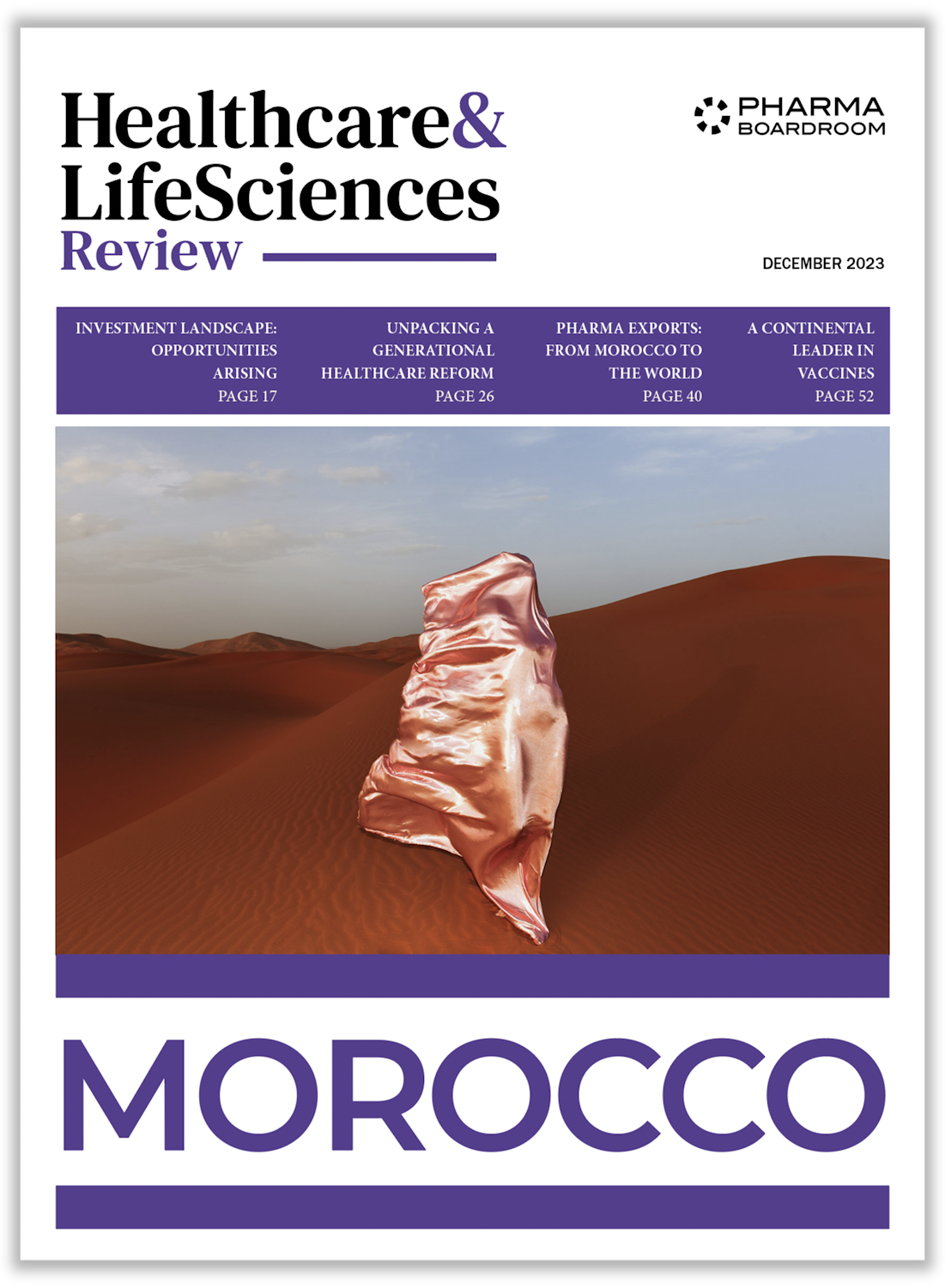Photodynamic therapy (PDT) firm Photocure is probably Norway’s most significant recent international healthcare success story. CEO Dan Schneider explains how the company was able to action a more effective global commercial strategy and carve out a niche in the relatively uncrowded oncology drug-device combination market.
Despite its technology being “the gold standard in the treatment of bladder cancer,” in Schneider’s words, “Photocure had missed the mark early on in its commercial strategy.” He explains, “We have a pharmaceutical product that sells like a device, meaning that the company needed highly trained and specialised medical reps that can be present in operating rooms. It is not like a traditional pharma sales rep walking in and dropping off samples; our sales reps are in the procedure room with the doctor helping answer questions regarding our product and Blue Light Cystoscopy.”
I want to stay in the blue ocean of products like drug-device combinations, photodynamic therapies, and diagnostics that serve a specific patient population and enjoy relatively low competition
This underperformance was being especially felt in the world’s largest pharma market. “The biggest problem we faced was that the company had not been performing on a commercial level, particularly in the US,” notes Schneider. “The mandate was to make course corrections in terms of people, processes, and programs. Now that we have a stable and scalable business foundation with accelerating performance, we will execute on the expand, acquire and transformation phases of our strategy.”
Schneider outlines the steps he took to establish this stable and scalable foundation. “I had to look at both our management team and the organisation as a whole. Photocure had transitioned from an R&D company to mixed R&D/Commercial, and now to now predominantly commercial, but never fully realised the gem of a product it had and the people and culture needed for success.”
“R&D projects were still ongoing, some of which were very good, but some had little commercial viability. We had two Phase III-ready assets, one being Visonac, which was scientifically interesting but commercially challenging and has now been permanently shelved.”
“The other asset was Cevira, a drug-device combination product for pre-cervical cancer using photodynamic therapy which is non-invasive and allows women of childbearing years to avoid surgery. We outlicensed this product to Asieris, a Chinese company that is now developing it globally. They are doing a fantastic job and are progressing ahead of the original developmental plan that was outlined.”
“Another focus was creating a global footprint to build on our US and Nordic operations. Ipsen had bought the rights to our product Hexvix in Europe from GE to establish European uro-oncology operations but quickly realised that it requires a device-type mentality and business model to be successful. Most pharma companies are not equipped with the people or capability to compete in the device space. Subsequently, Ipsen withdrew direct commercial effort in all of Europe except for Germany, Austria, and France.”
“Hexvix had gone backwards in terms of market share under Ipsen and we saw a great opportunity to get our product back and help establish a global footprint. Hexvix is now available in over 30 countries worldwide and we have a sizable established business upon which we can now build a global bladder cancer company.”
While the oncology space, especially in the US, is incredibly crowded, Schneider is confident that Photocure’s technology and niche focus will see it through. “The drug-device combination space is not as crowded as others,” he reveals. “Our aim is not to compete against the Pfizers and Mercks of this world; we will never bring out a checkpoint inhibitor for example. That is somewhat of a bloody battle and a red sea; I want to stay in the blue ocean of products like drug-device combinations, photodynamic therapies, and diagnostics that serve a specific patient population and enjoy relatively low competition.”



